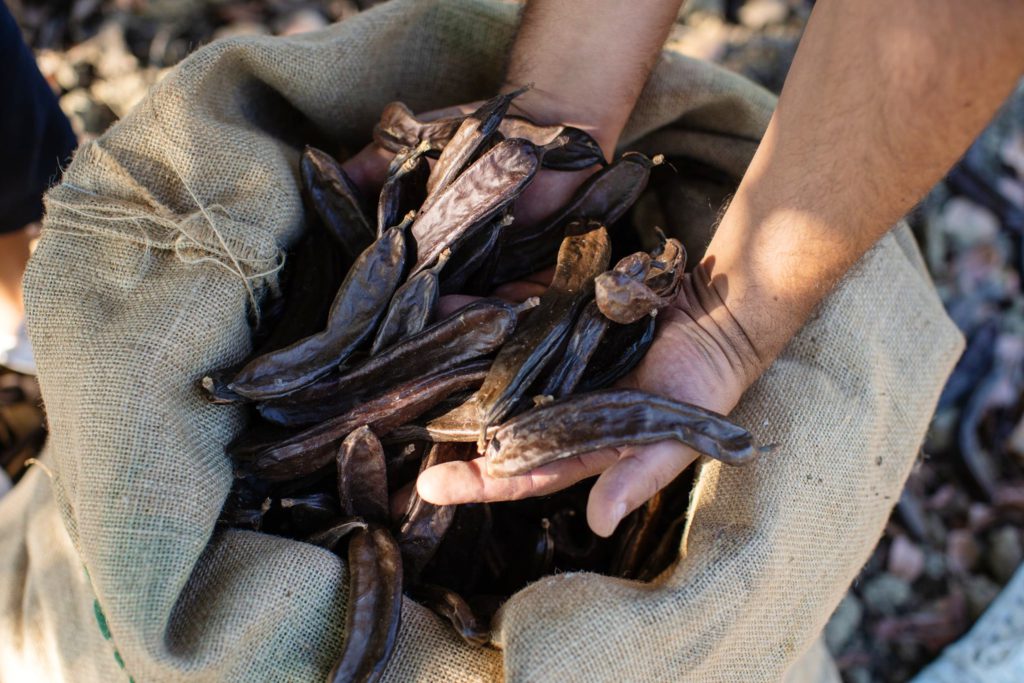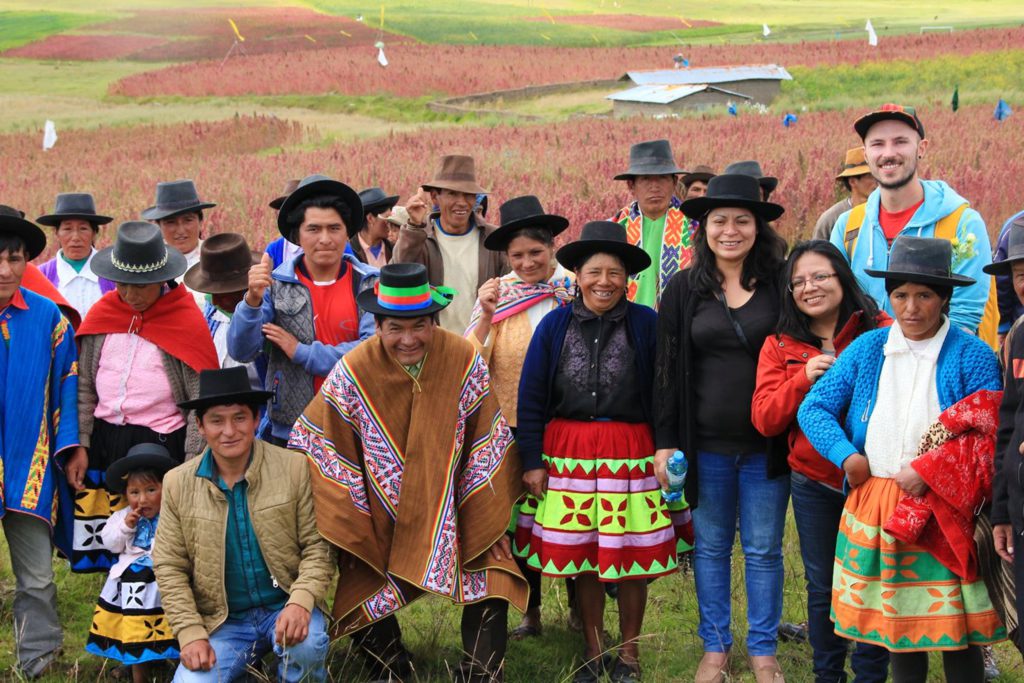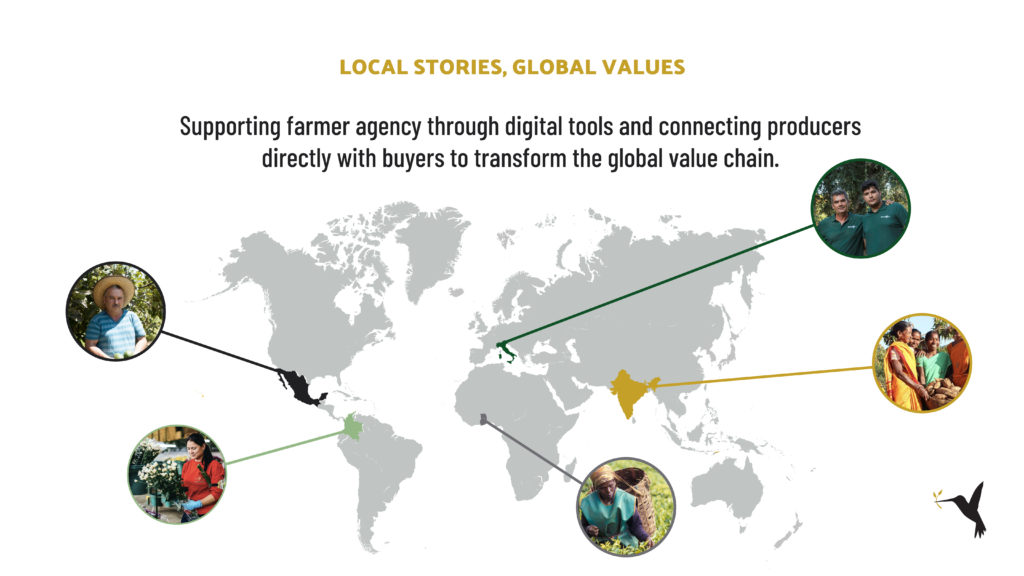How & Why to Buy Local
How Buy Local Movements Benefit the Environment & Our Communities
The Buy Local movement has gained a lot of popularity in the past decade. There are many reasons to consider shopping at local stores and consuming local goods, from economic to social to environmental.
What exactly does it mean to buy local? And how exactly do we determine what is local? We are all local to somewhere. So what makes something local to us?
There are many factors, pros and cons, to consider with regards to globalization. There are also many benefits to supporting businesses and buying products that are grown or created closer to where we live.
What Is Local?

The Buy Local movement is a response to the consequences of globalized commerce. It encourages people to buy food, products, and services originating from their local community. While there isn’t a specific quantified designation, local products are generally considered to be those made within a 24-400 mile radius.
If a business is in your town, but it is a corporation that sources goods from all over the world, is it still considered local? (The Buy Local movement has also created an association of independently-owned businesses that sell their own products.)
Along this line of questioning, many supporters of the movement worry about “local-washing” by larger corporations. For example, the tagline for HSBC, one of the world’s largest corporate banks, claims the title, “the world’s local bank.” Another interesting example of this is Starbucks, which “unbranded” three of their Seattle locations, changing the name of one to 15th Avenue Coffee and Tea. What an interesting tactic, to work to make a brand and franchise bigger and stronger, and then unbrand as independently-owned coffee shops become popular.
There are a lot of complex dynamics to break down here, so let’s try to get into just a couple. Buying a local service from an independently-owned small business is good for community, diversity, and social fairness. Buying a locally-grown or produced product is better for the environment as well.
Since there is no unified or regulated Buy Local definition or certification, some initiatives focus on the environmental benefits, while others focus more on the economic justice side of things. Either way, the movement asks that we as consumers reconsider our relationships with our employers, merchants, neighbors, and our environment.
How Is Buying Local Better for the Environment?

One of the most important ways buying locally helps the environment is by reducing “food miles.” When you shop at traditional grocery stores, many of the food items you buy travel over 1,500 miles to reach your plate. When you purchase goods produced in your local community, you reduce these miles, reduce the large carbon footprints of overseas travel or long cross-country truck routes, and ultimately reduce fuel consumption and air pollution.
In addition, local products have less needs for shipping facilities, packing facilities, and refrigeration, reducing the overall environmental impact of your food.
When it comes to food, buying local generally also means buying fresh. While local does not automatically equal organic, of course, farmers who sell to a smaller radius of consumers are at least using less chemicals to maintain freshness in the transportation process.
As well as cutting down on transportation of goods, buying from local businesses may reduce transportation and fuel use within communities as well, resulting in better air quality and less urban sprawl. Farmers markets and local shops are often bikeable or walkable in urban and rural communities, making them more accessible many of the people who inhabit these places.
Why Is Buying Local Better for Community?

Buying local is one way that consumers can help improve their local economy, generate new jobs, support gender and race equity, and promote diverse options for goods and services.
Local businesses reflect the unique characteristics of the communities they serve, and they typically hire local people, creating jobs for existing and new residents in the communities where they are housed. National data show that small businesses added 1.9 million new jobs in 2018.
Spending locally reinvests sales taxes into the local economy. Small, independent businesses invigorate the economies of their communities through wages, goods, services, profits, and donations.
Women and minority-owned businesses hire more people of color and pay higher wages than larger national chains. By supporting locally-owned businesses you are helping bridge the wealth and equity gap for marginalized populations.
As with most initiatives and movements, Buy Local movements aren’t without complexities and considerations. Does buying from a big-box store automatically mean buying a good that has been transported a long distance? And does buying from an independently-owned store automatically mean that the good you purchased was locally sourced or grown? Not necessarily. If a big corporate store is jumping on board with a Buy Local movement, is it just a “local-washing” marketing scheme? Or can it also create benefits for the environment and community?
We can allow for multiple truths here, even within one small or large store.
Buying Local from Big Companies
For instance, Walmart has a Buy Local initiative. The company’s decision to increase its produce selection from local farmers has the potential to empower small and medium-sized farmers around the world. In the United States, Walmart plans to offer 9% of their produce as locally grown, and in Canada it will account for 30%, and up to 100%, when available. WalMart has pledged $1 billion in training and support to small and medium-sized farmers in developing countries.
In this way, it is possible as a consumer to purchase a local good that didn’t travel far to arrive at the store, but the profits still remain in a large corporation.
Global Information, Local Business
Information can travel with less environmental impact than physical goods. Producers Market is a global network of producers and consumers, and we are happy to share information with you, to do our part in creating transparent supply chains.
Explore our marketplace to buy from the producers around you:




